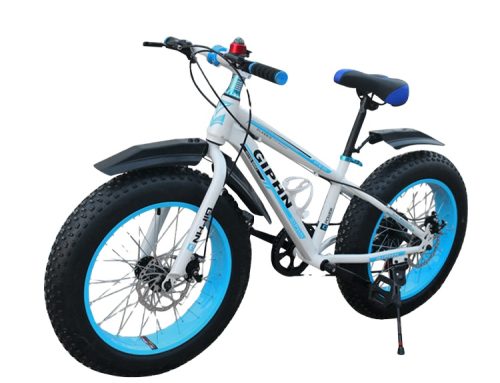Locking down your bike effectively is crucial to prevent theft. Bike security essentials include:
- High-Quality Locks: Invest in a good-quality U-lock or a heavy-duty chain lock. Combination locks are convenient, but key locks tend to be more secure.
- Use Two Locks: Use two different types of locks simultaneously, like a U-lock and a cable lock. This makes it harder for thieves to defeat both locks.
- Lock Both Wheels and Frame: Lock your frame and both wheels to a secure object. If you can’t lock all three, at least secure the frame and rear wheel with the lock.
- Secure Location: Park your bike in well-lit, high-traffic areas where there’s foot traffic and surveillance. Avoid leaving your bike in secluded or poorly lit locations.
- Secure Object: Lock your bike to a fixed, immovable object like a bike rack, a post, or a sturdy fence. Avoid flimsy objects that thieves could easily cut or break.
- Remove Accessories: Take off detachable accessories like lights, bags, and quick-release saddles before leaving your bike.
- Lock Height: Position your lock high off the ground and keep it tight to the frame. This minimizes the space thieves have to insert tools.
- Lock Placement: Place the lock keyhole facing down to make it harder for thieves to pick or tamper with it.
- Fill Empty Spaces: When locking your bike, minimize the gap between the lock and the bike frame to prevent thieves from inserting tools.
- Lock Maintenance: Keep your lock clean and lubricated to prevent jamming or sticking.
- Lock Different Parts: If you can’t lock all parts of your bike, at least lock the most expensive parts (e.g., front wheel, frame). Thieves are less likely to steal a bike missing key components.
- Registration and Photos: Register your bike with local law enforcement or online platforms. Take clear photos of your bike, noting any distinguishing features.
- Check Locking Points: Before leaving, double-check the locking points to ensure your bike is properly secured.
- Vary Your Routine: If you frequently ride or park your bike in the same area, vary your routine. Thieves often observe patterns.
- Avoid Thin Posts: Avoid using thin posts or poles as locking points, as they can be easily cut.
- Locking Techniques: Lock the rear wheel and frame together, or both wheels and the frame if possible. Consider using Sheldon Brown’s locking strategy, which involves running the lock through the rear wheel, inside the rear triangle, and around the fixed object.
Remember that no lock is entirely theft-proof, but taking these precautions will significantly reduce the risk of your bike being stolen.
![]()
![]()



